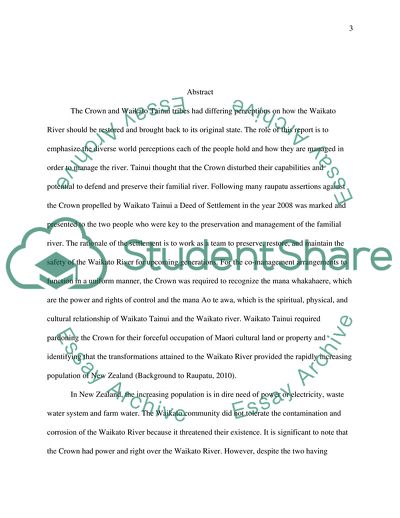Cite this document
(Waikato River Settlement Case Study Example | Topics and Well Written Essays - 1750 words, n.d.)
Waikato River Settlement Case Study Example | Topics and Well Written Essays - 1750 words. https://studentshare.org/engineering-and-construction/1804124-waikato-river-settlement
Waikato River Settlement Case Study Example | Topics and Well Written Essays - 1750 words. https://studentshare.org/engineering-and-construction/1804124-waikato-river-settlement
(Waikato River Settlement Case Study Example | Topics and Well Written Essays - 1750 Words)
Waikato River Settlement Case Study Example | Topics and Well Written Essays - 1750 Words. https://studentshare.org/engineering-and-construction/1804124-waikato-river-settlement.
Waikato River Settlement Case Study Example | Topics and Well Written Essays - 1750 Words. https://studentshare.org/engineering-and-construction/1804124-waikato-river-settlement.
“Waikato River Settlement Case Study Example | Topics and Well Written Essays - 1750 Words”. https://studentshare.org/engineering-and-construction/1804124-waikato-river-settlement.


